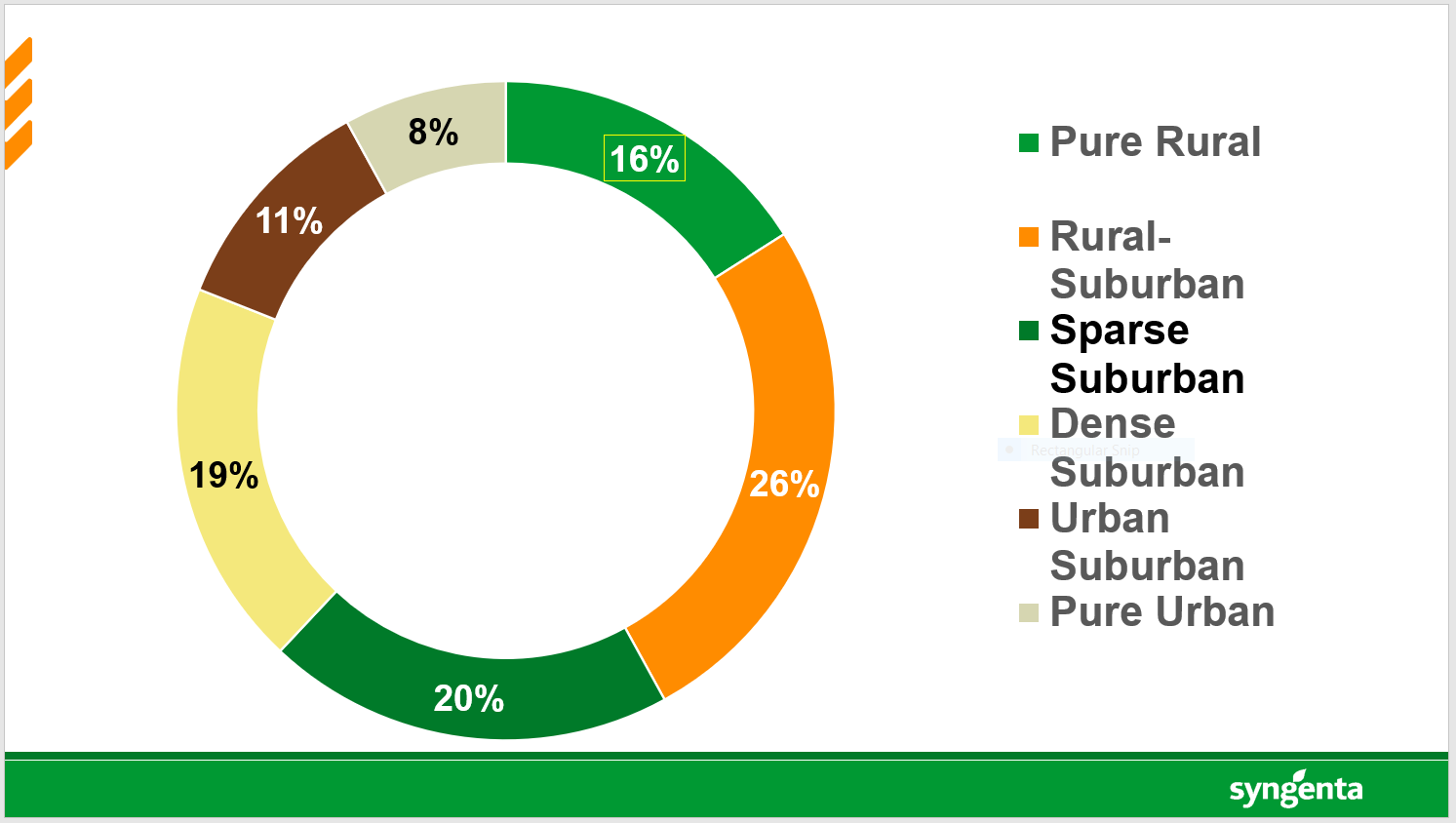As Hearings for the Farm Bill Ratchet Up, You can Do 3 Things to Help Agriculture

Every five years the U.S. farm bill gets a makeover, and the process is no small undertaking. That’s been the case since the first farm bill, the Agricultural Adjustment Act of 1933, was authorized as part of the New Deal, and it’s still true today.
The latest rendition of the bill is supposed to be authorized Oct. 1, 2023. That’s unlikely to happen, given the magnitude of the work to be done and the sheer number of hearings that will be held between now and then, according to Mary Kay Thatcher, senior manager, federal government and industry relations for Syngenta.
“If G. T. Thompson (who serves the 15th district of Pennsylvania) becomes chairman of the Ag Committee, he has talked about there being as many as 150 hearings on the farm bill,” she says.
While the number of hearings is daunting, Thatcher encourages farmers to attend as many as they can.
“Identify the goals for your farm and raise your hand to discuss the issues important to your operation,” she advises. “Farmers have to put their personal experiences down on paper and talk about them. That's what really sells an idea (to congressional leaders), and they need to be put into development now.”
Thatcher shared several things farmers can do to help Congress create a better farm bill during a Syngenta media summit earlier this week:
1. Help Members Of Congress Get In Tune With Agriculture
Increasingly the members of Congress who sit on the Senate and House Committees on Agriculture, Nutrition, and Forestry – and hold the primary responsibility of drafting farm bills – come from suburban and urban areas.

“So you say, ‘OK, so what?’ Well, so what comes into play very often when I think about somewhere like EPA. Because if I have a problem with atrazine, or paraquat or glyphosate or whatever it is, I can go get 15 Republican House members to send a letter, but the administrator at EPA isn't going to care,” Thatcher explains. “What I’ve really got to do is go to the Hill and find some Democratic members who care. And as that number shrinks and shrinks, it's getting harder and harder to do.”
Thatcher cites Collin Peterson’s loss in the 2020 election as a huge loss for agriculture. Peterson, a Democrat, was a U.S. Representative for Minnesota's 7th congressional district from 1991 to 2021, and an advocate for agriculture on both sides of the aisle.
“But (even he) had to go and beg Democrats, ‘Hey, want to be on the ag committee and help write the farm bill next year? No, I don't want to be there.’ And the ones he (tended) to find are the ones that really care about the nutrition title, the food stamps, the women, infant, children (WIC), etc. Finding the members, Democrats who really represent ag districts is a very, very difficult thing.”
Thatcher adds, however, that the challenges ahead for the farm bill are also coming from Republicans. She cites work by the Republican Study Committee (RSC), the largest of the Republican caucuses with 150 members, as one example.
As part of its “Blueprint to Save America,” released this past June, the RSC says its plan would balance the federal budget in just seven years, cut spending by $16.6 trillion over 10 years and reduce Americans’ taxes by $3.9 trillion, while increasing investments in the U.S. military by 5%. In the process of accomplishing that, however, the group says deep cuts to commodity programs and crop insurance would be necessary.
“It would be part of balancing the budget, and all of these things in the farm bill would be pretty darn big hits for us,” Thatcher says. “So, this is not a partisan issue. It's bipartisan.”
2. Ask Your Commodity Groups To Identify Priorities
As the heavy lifting for writing the 2023 farm bill gets underway, Thatcher says commodity organizations need to determine whether to ask for a bigger share of the farm bill financial pie. Some already are.

3. Get In Touch With Congressmen And Staffers
In an age when social media prevails and many communications efforts are conducted electronically, Thatcher advocates for farmers to engage personally with individual members of Congress and their staff – sooner than later.
“Get to know those new young, 25-year-old staffers who don't understand agriculture at all,” she encourages. “In a farm bill year, it's going to be incredibly important that they understand how crop insurance or farm programs or the EQIP program really assist farmers and why it's so important.”
Connecting with those people takes time and effort. Don’t expect one or two attempts to connect to be adequate.
“How many seed sales rep show up at your farm once and you buy seeds from them? It doesn't happen. You know, it takes three or four or five visits to your farm,” she relates. “And the same thing is going to be true to build credibility with either young staffers or members of Congress. But once you build those relationships, it can be incredible.”
You can find your local Representative by using your zip code at https://www.house.gov/
Thatcher also encourages an idea that might be hard for some farmers to contemplate doing – proactively connecting with members of the nutrition community. Approximately 76% of farm bill funding between 2019 and 2023, a total of $654 billion, is expected to go to the nutrition title.
“I think farmers who are involved in policy need to continue to push their leadership to be involved with the nutrition community, because we can't pass a farm bill without it – not in the House, for sure. And in the Senate, they might not be able to pass it without the farm community,” Thatcher says.
Farm Bureau Seeks ‘Unified’ Farm Bill of Ag and Nutrition Aid
5 Conservation Needs to be Met in Farm Bill 2023
Conservation, Loan Rates and Insurance: 3 Farm Bill Topics Gain Traction







